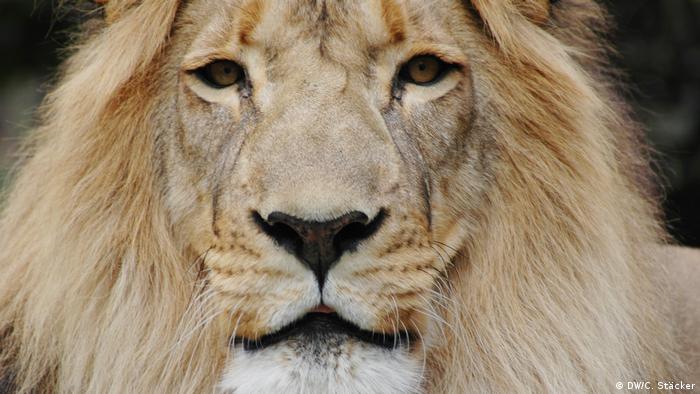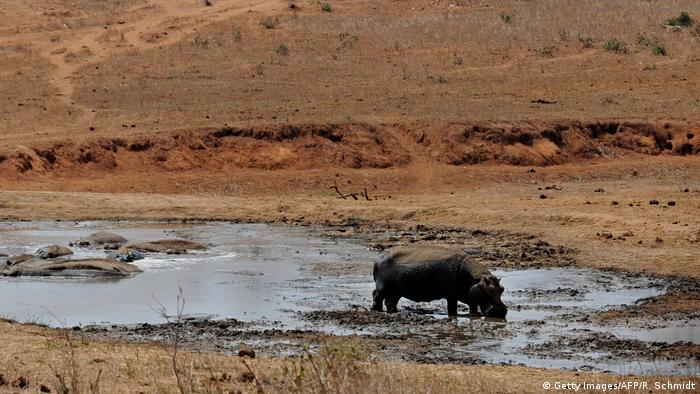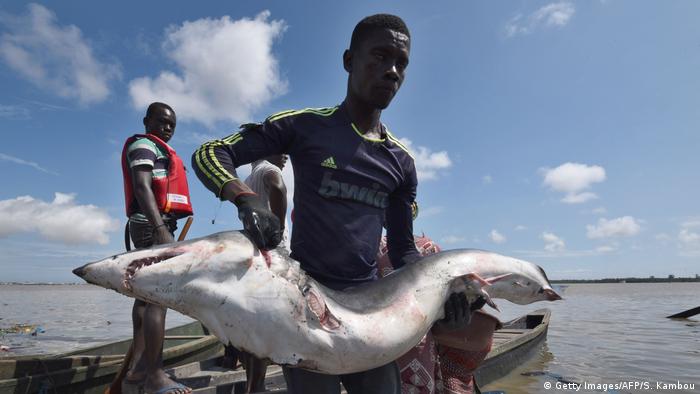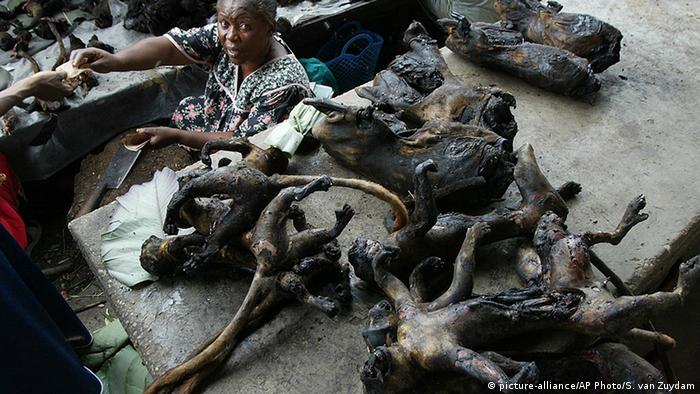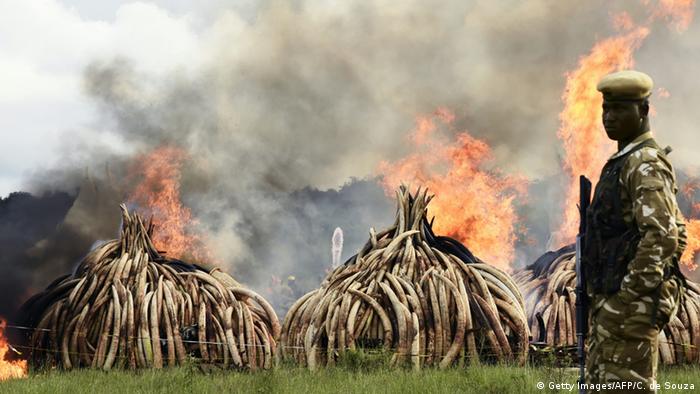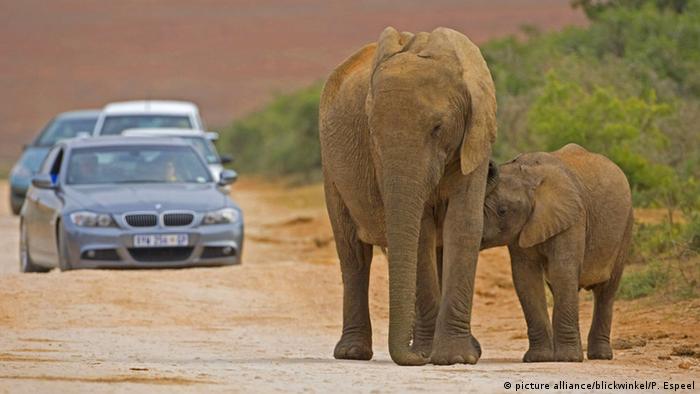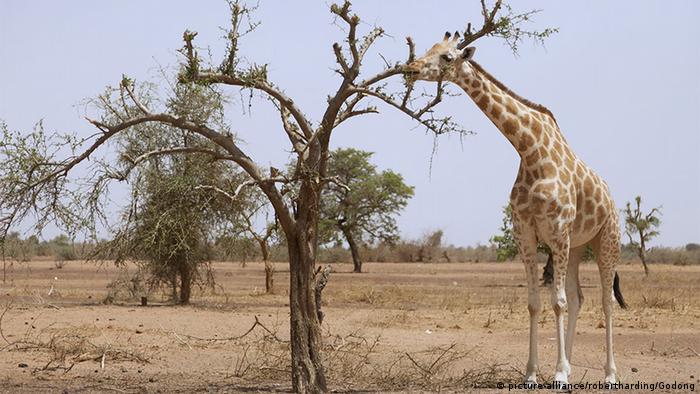Bags made of exotic animal skins are back on the runways. Whether the should be banned, or whether a sustainable use contributes to the protection of endangered species, is discussed under animal rights controversial.

Animal-rights activists were able to convince many of the fashion houses and their Fans to dispense with furs. Snakeskin, crocodile and lizard skins are still a coveted commodity. In recent years, they have experienced a Comeback on the catwalks in Paris, London and New York.
With the products of luxury brands make a lot of money. A design bag made of snake skin three times can bring as much as a cowhide leather. But fashion labels such as Chanel and Victoria Beckham have banned exotic-animal skins from their collections. Luxury retailers such as Selfridges want to follow suit.
Find out more: rat – Small Snoop, track, wild animal smugglers
The animal welfare organisations People for the Ethical Treatment of Animals (PETA) and Pro Wildlife would wish that more fashion houses to connect.
“We don’t need any products of wild animals for the luxury fashion,” said Sandra Altherr, a biologist at Pro Wildlife, compared to the DW. “The damages the Ecosystem and causes the animals also, in a lot of pain.”
Other conservation groups, including the International Union for the Conservation of Nature (IUCN), see it differently. The organization, which classifies regularly the degree of endangerment of animal species all over the world, and in the Form of a list published, is of the opinion that luxury brands should not remove so fast exotic skins from their collections. Because if the fashion trade houses sustainably, argues that IUCN can contribute to the use of snakes, crocodiles and other exotic animals, in fact, the protection of the species.

Exotic animal skins are experiencing a Comeback on the catwalks in Paris, London and New York
The value of crocodiles and snakes
The demand for exotic animal skins is great. Between 2008 and 2017, more than 10 million hides, or from manufactured products such as bags and belts, from animals such as lizards, snakes and crocodiles in the European Union (EU) have been imported. The Figures, compiled by Pro Wildlife from the CITES trade database indicate.
Find out more: environmentalists want to save South Africa’s medicinal plants-a treasure
CITES is a multilateral agreement that governs trade in plants and animals. It prohibits, for example, the business with the help of certain endangered species. But it also allows the trade with those species that are not on the scale of the threat on top of that. For these kinds of special permits are needed, there is a strict, government Surveillance is taking place.
For Daniel Natusch of the IUCN, the best way to ensure sustainable trade, to manage and monitor. The means for him to work with people that act with animals or animal products and to awaken their interest for the protection of species. He also considers it necessary, with luxury brands to work together, in order to procure animal skins from responsible sources.
Watch the Video 03:12
Wildlife trade – What to do against this criminal business?
Facebook Twitter google+ send Tumblr VZ Xing Newsvine Digg
Permalink https://p.dw.com/p/3KETU
Info film: wildlife trade – What to do against this criminal business?
Reptiles are often hunted in the poorer regions of the world where there are few other opportunities to earn money. Natusch takes the view that a regulated Hunting license means that people who would otherwise have little interest in it, to let the animals live, to learn to appreciate you more.
“It is quite difficult to convince people to protect crocodiles or poisonous snakes that live in the same waters in which their children swim at the loved one,” said the reptile expert. “This method gives poor people the opportunity, these animals have a value to it.”
More: Zimbabwe: The last refuge for the African wild dog?
The proponents of this conservation model to point to a great success with salt-water crocodiles in Australia, the number of which has recovered since the 1970s. Landowners took their eggs and sent them to the rearing in special crocodile farms. In an average Billabong, as the Australians call these typical water holes, containing in the dry season, usually still water, there may be around 20 Crocodile nests. And each Nest can contain 50 to 60 eggs. In the year 2019, the price per Egg was in Australia at the equivalent of 16,72 Euro.
Difficult Controls
The model of a sustainable use of animals is not supported by Pro Wildlife to the contrary. According to the animal protection organisation, deserve neither hunters nor farmers, the big money in business with exotic animal skins, but the luxury brands themselves.
“Theoretically, I would agree that sustainable yields are a good opportunity for some Locals to earn money and it is, therefore, attractive to wild animals,” says Altherr, but adds that she has found in this area, as well as no examples of the work.
More: Britain is testing a new concept in species conservation
Also, the exact control is a challenge. The CITES has granted approval for the trading of a kind, must demonstrate to the dealer where the animal originates. A Review is difficult.
Due to the enormous number of traded skins, and because larger animals are preferred, from Altherr, the number of wild-caught fish is actually much higher and, probably, the official, annual catch quotas for animals far exceeds.
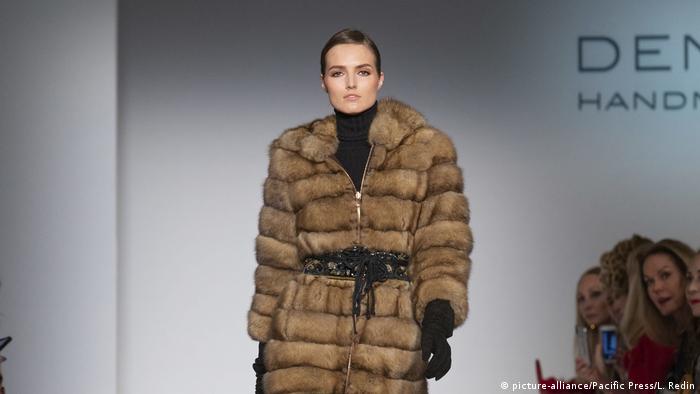
Some say that the Public hides less about exotic animal on fur in the fashion industry is informed
Questionable Animal Husbandry
Animal rights activists not only take account of the protection of species as an Argument against the trade in exotic animal skins. You may also see ethical problems in animal husbandry.
In 2016, released the PETA Videos from Vietnam, from crowded crocodile farms, where animals in poor conditions were kept. The operator deliver European luxury goods brands. The organization also says that snakes on trees, nailed alive to be skinned, because it is believed that the skin remains supple. Some snakes need hours to die.
Johanna Fuoß of PETA Germany says, that the people completely in the dark when it comes to the trading of exotic skins.
“About the suffering of fur-bearing animals, the people are very well aware of. But on the topic of exotic skins, you Know stop, you are blind. These animals seem to many people foreign and, therefore, it is more difficult for the Public to understand that they, too, deserve to be treated well,” she says.

Between 2008 and 2017, the European Union imported more than 10 million animal skins
Also, the biologist Natusch, specializing in reptiles, has found farms and processing plants where animals have been “sub-optimally” treated. He attributes that to a lack of special training. He admits that sometimes it would be appropriate to transport animals gentle.
More to the topic: Can the Recycling of end-fashion the Fast Fashion Trend?
But after he was in any known processing facility in South East Asia, he says, that he had never seen snakes that were alive skinned or other serious animal welfare-were exposed to problems.
IUCN works with industry associations to Workshops on the topic of animal to hold protection, and to monitor farms and processing plants. One of them, the Southeast Asian Reptile Conservation Alliance (SARCA), cooperates with the French luxury goods group Kering, including the Gucci brand. In 2017, the group bought a Python farm in Thailand to ensure that the snakes are raised according to ethical criteria.
That’s not enough for those who stand in principle against the Killing of animals for clothes production.
“There is no welfare or way to kill an animal,” says Fuoß and adds that it is for the individual animal is of importance, why his skin is removed. Even if the hides are from sustainable sources, the animals would suffer. “Millions of animals die each year for the trade of exotic skin and each individual animal goes through the same process of agonizing death.”


